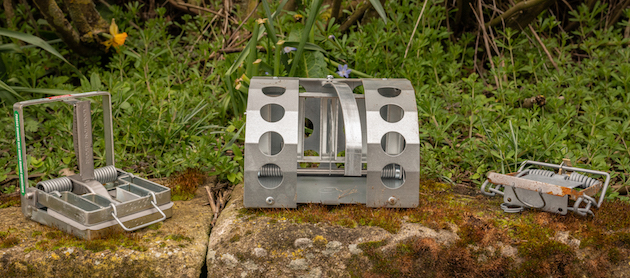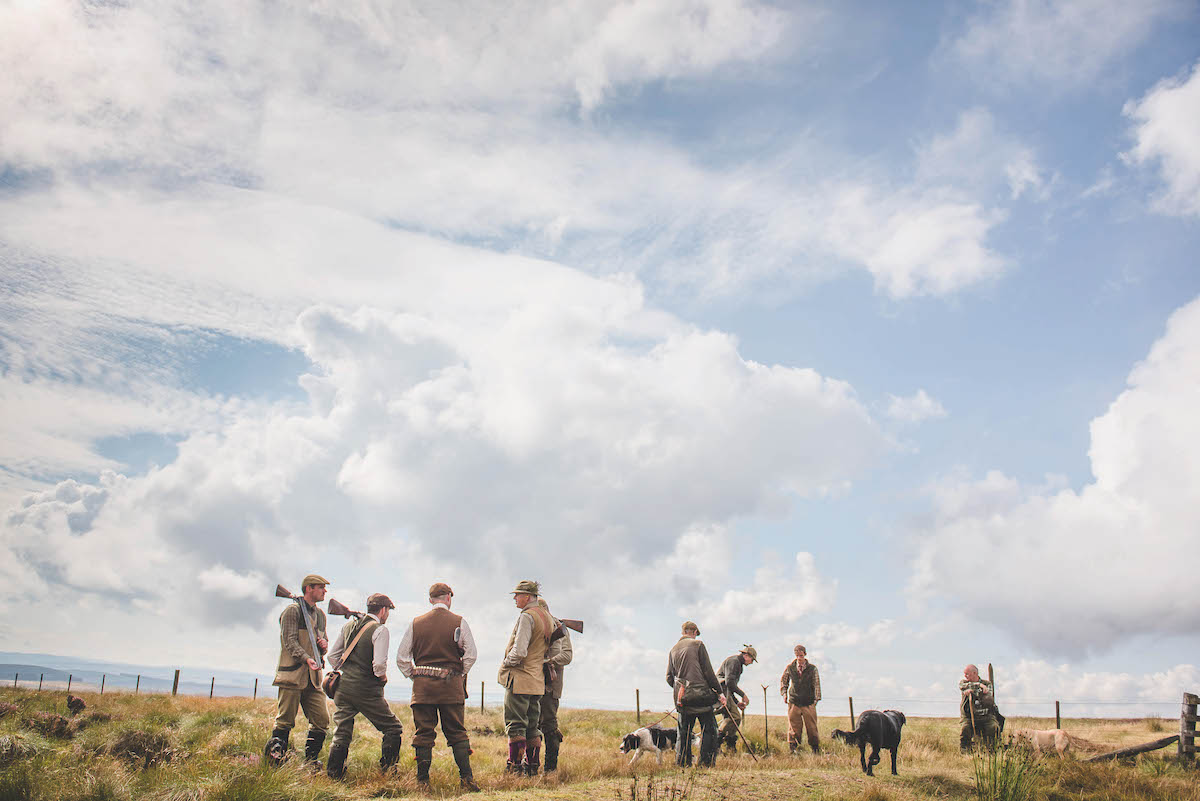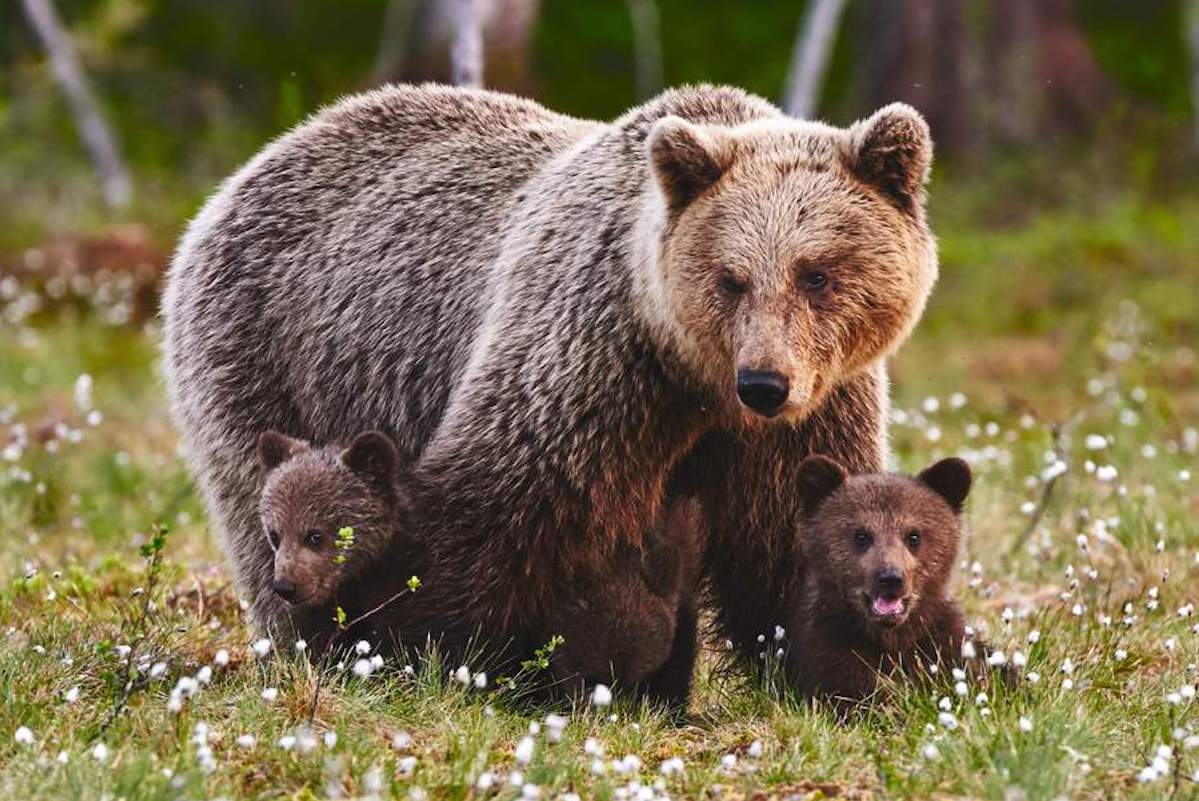Stoats can no longer legally be caught with Fenn traps. So what can you use now?
Fenn traps are now illegal for stoats and the new traps will not stop as many predators - but that is what our masters see fit to impose

From left: the DoC 150 trap, the new Tully and the old Fenn trap
Keepers are now giving serious consideration as to what trap to use now the Fenn is no longer legal for stoats.
It is fair to say they are far from happy with the process that to date has left them with the choice of two traps, one of which has been around for some time already.
Given that the New Zealand Department of Conservation (DOC) trap was already legal, only one new trap has made it on to the approved list, the Tully. The original specification bandied around was that any trap which was to be seriously considered had to be the same size as the Fenn, and as economic as possible.
Frustrated keepers
It is still possible that one will come on to the market but time is against us. It’s easy to understand the frustration that many keepers feel now they find themselves with one new trap, which is about 50 per cent larger than the Fenn, and as expensive, or pricier than the DOC, depending on how many you buy at a time.
With individual units coming in at more than £30 each, that is hardly similar to the cost of one Fenn trap. For the deep-pocketed large moor owners, cost is not the issue but, contrary to what many seem to think, there are scores of small grouse shoots for whom that sort of money is not an insignificant outlay.
Part of the reason for the cost, the size, and the restrictions on entrance size placed on the new traps seems to be that many traps were discarded because they did not strike fast enough to catch the target animal during testing. That may well have been due to the animal being moved around to get it to cross the trap.
I was responsible for the control of those animals on perhaps one of the most prolific areas for them in Britain. Our annual cull was in the region of 600 per year and up to 800 one season. Thousands of acres of marginal grazing with a high density of rush cover and lots of voles and rabbits meant high numbers of stoats. We also played host to the highest density of wading birds outside the Orkneys, so control was vital.
Stoats are careful
During the course of those years I observed hundreds of stoats and the one noticeable characteristic is that, with few exceptions, they are seldom in a hurry. They are, if anything, very careful going about their daily rounds, taking in everything around them, pausing to smell things and constantly watching where they are going. They only go up through the gears when being chased, chasing something else or crossing open ground.
A stoat being pursued is very fast, as any observant keeper will tell you. Many keepers like a very light-pressure striking trap, but these have their drawbacks. There are reports of even the new generation of traps missing animals that seem not to have been far enough on to the plate. This, I believe, is because they are too light regarding pressure.
A slightly heavier plate pressure allows the animal to get properly on to it before the trap strikes, which ensures a humane kill. The manufacturers of the Tully trap have listened to feedback from gamekeepers and modified their trap accordingly.
Altering the DOC trap
The DOC plate pressure is easily altered by tweaking the stamped-out catch upwards on the plate to give it more bite with the swinging arm. This is important if you do not want to catch mice and other by-catches and will keep your trap set ready for the animals you do want to kill. You can, if you wish, simply use a set weight, 100g, lowered on the plate to check at what pressure your trap will fire.
Simply use a good hook as a safety catch to stop your trap smashing your weight, or vice versa. It is an exercise worth doing to ensure that your new traps work as efficiently as possible. That, after all, has been the whole point of this process.
A word of caution on the size of the restrictors around the traps if you’re making your own. Make sure you get imperial mesh because metric mash will be just that tiny bit too big for the legal requirements.
Land management is hampered by officials with little knowledge
When a senior member of Natural England asks a grouse keeper how many birds he releases and it’s not 1…
How to use traps for pest control
How to use traps for predators
Gamekeeping: Ground predators
Cunning and fieldcraft will catch more predators than hundreds of traps alone
In the end, within reason, the more restricted the access to the trap, the fewer animals will be caught and the more ground-nesting birds predated. But sadly that doesn’t seem to be something that worries our masters unduly.











